Buying a second-hand bike is usually better for your bank balance, especially considering how economic factors have driven up the price of new bikes considerably.
It’s more sustainable, too. Cycling as a mode of transportation is eco-friendly, but manufacturing and shipping a bike across the world isn’t.
Bike supply chain logjams can make finding a used previous year’s model easier than the latest version.
The internet is awash with barely ridden and well looked after bikes at better than half the retail price. However, it’s cheaper not to buy one at all, and there are good reasons why you don’t need a new bike.
You do risk overpaying for a dud model or, worse, being duped by a fraudster though.
Therefore, if you’re looking to grab a bargain second-hand bike, read our advice first. It could save you a wad of cash, or stop you falling into the traps that surround making such a purchase.
What questions should I ask when buying a second-hand bike?
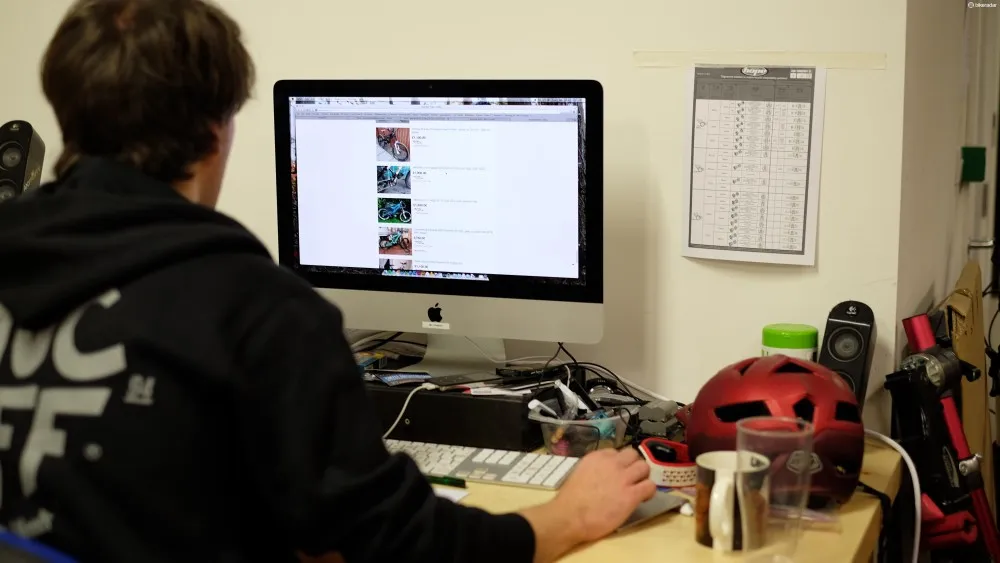
Where should I buy a second-hand bike?
Your experience level should inform your decision on where to buy a bike.
You can find a lot of good deals online, but we don’t recommend buying your first bike online unless you’re an able mechanic or you can get someone who really knows bikes to do a basic bicycle safety check.
Wherever you choose to look, more experienced riding pals will be more than happy to help your search.
Here are the advantages and disadvantages of different places to buy a second-hand bike.
Local bike shop
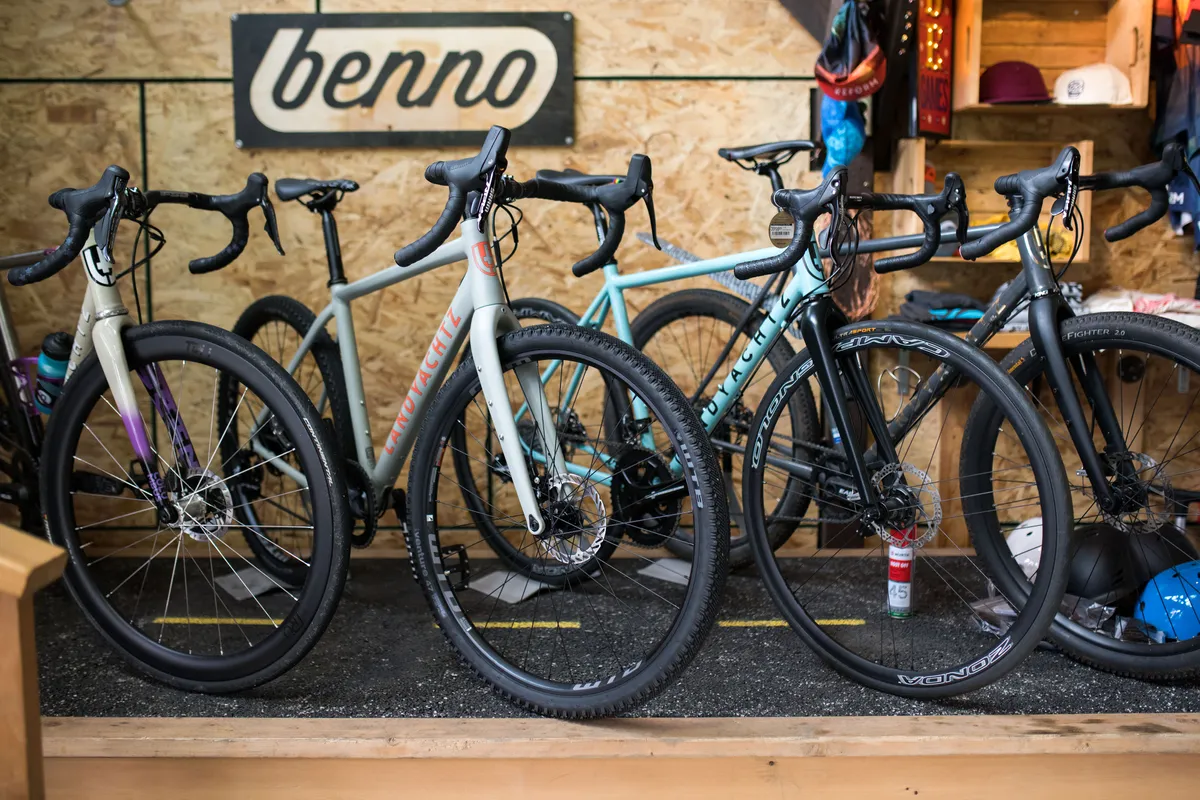
Some bike shops sell second-hand bikes. The bikes will often be serviced prior to sale and come with a warranty. Some bikes will be sold with future tune-ups included in the price.
While these bikes could be slightly more expensive than buying online, you will have peace of mind that the bike’s in good working order.
The shop could also offer bike finance on more expensive second-hand bikes.
eBay
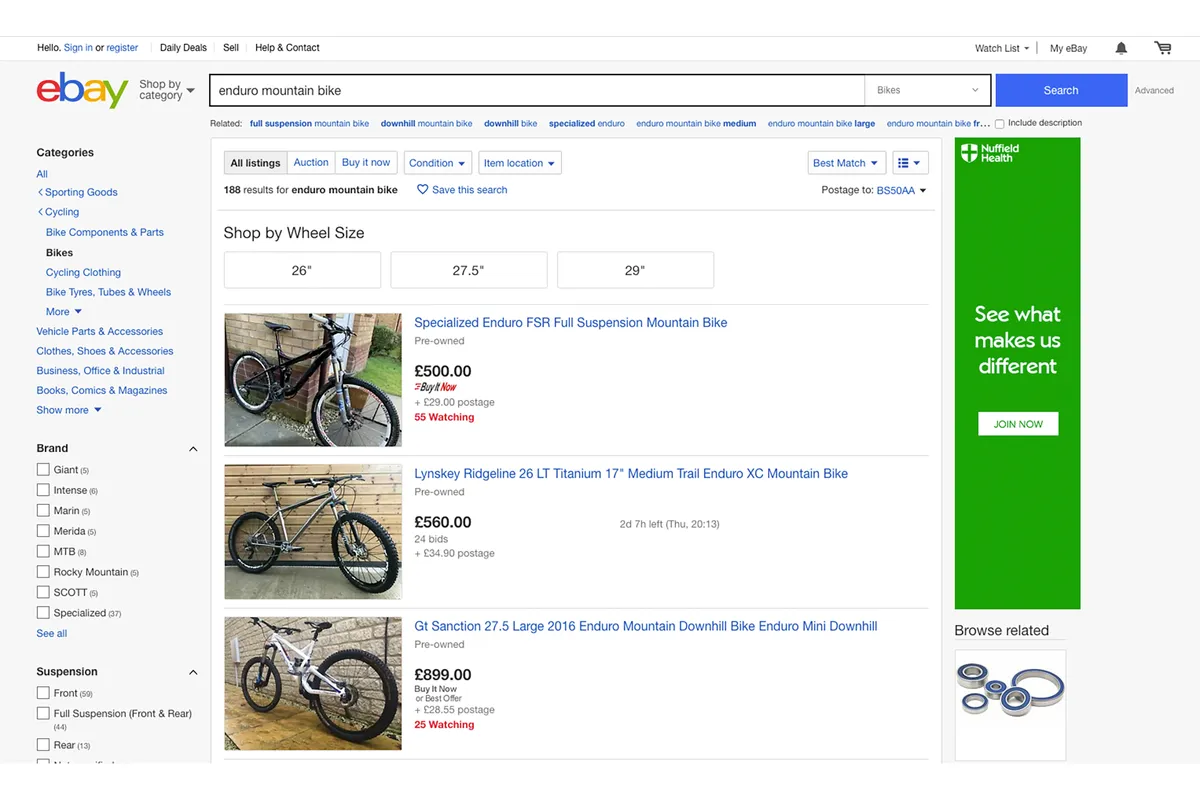
In theory, you can search for second-hand bikes worldwide on eBay. This can make your selection bafflingly large, but you can use filters to narrow down your search.
Prices may appear higher than elsewhere online because sellers compensate for eBay’s fees on the transaction.
This may be a price worth paying for the security: your purchase is protected by the eBay Money Back Guarantee should anything go wrong (provided you pay through eBay). Be wary if a seller insists you pay them directly.
You can message the seller through the eBay app or website in a browser, so you don’t need to swap contact details to ask questions about the product.
According to the seller’s preference, you’ll either be able to make them an offer against a 'buy now' price or bid against other people. Competitive auctions get out of hand quickly. Exercise restraint and pull out once the bids exceed your budget.
Another tip is to target bikes that few people are following and only bid in the closing minutes of an auction (‘sniping’ in eBay parlance). Bidding early may inflate the final sale price.
Facebook Marketplace
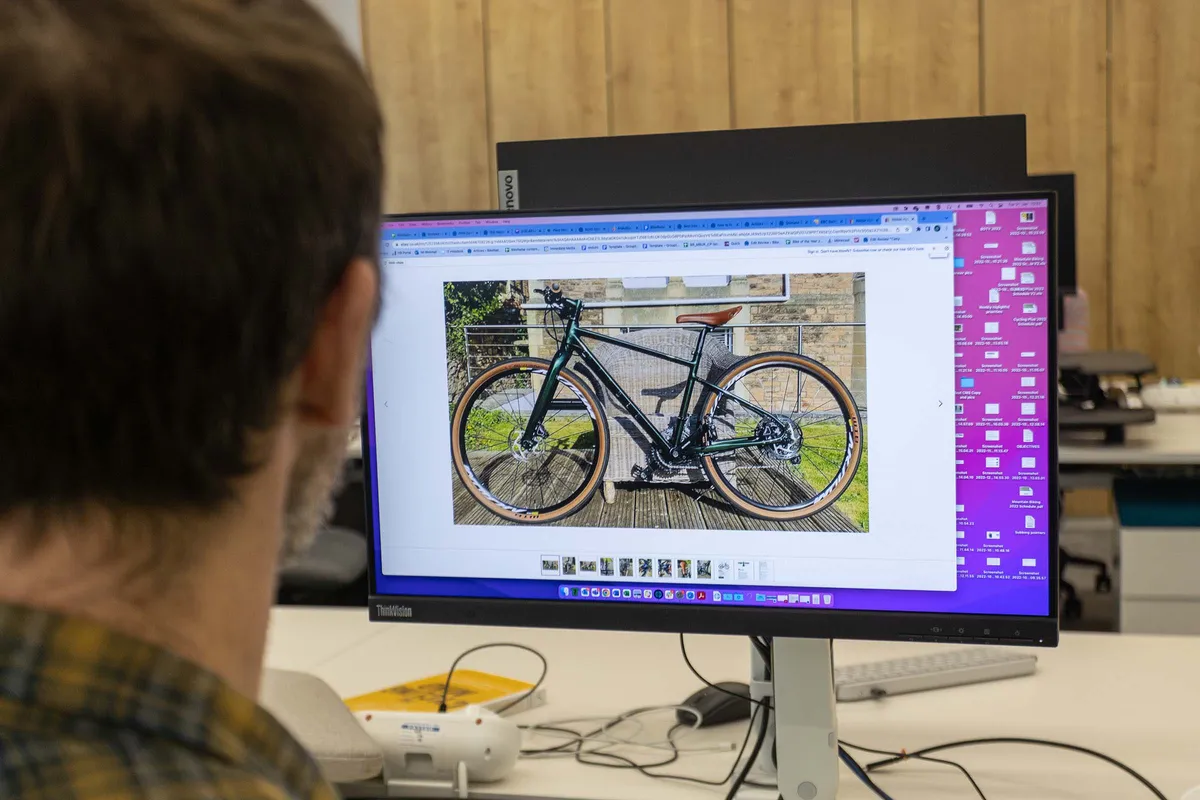
The social media giant’s selling platform also has good deals on second-hand bikes. However, without buyer’s protection, you need to be even more cautious than on eBay.
Sellers tend to want you to collect in person, so searching locally is advisable unless you’re prepared to travel a long way.
If you’re after a cheap bike, you can adjust the price filters to suit your budget.
Unlike eBay, there are no auctions. You make offers by suggesting prices to the seller through the Facebook Marketplace messenger.
Other online marketplaces
Gumtree and Craigslist work in a similar way to Facebook Marketplace. Sellers list bikes, but you have to text or email them with questions or offers.
Specialist second-hand bike sellers
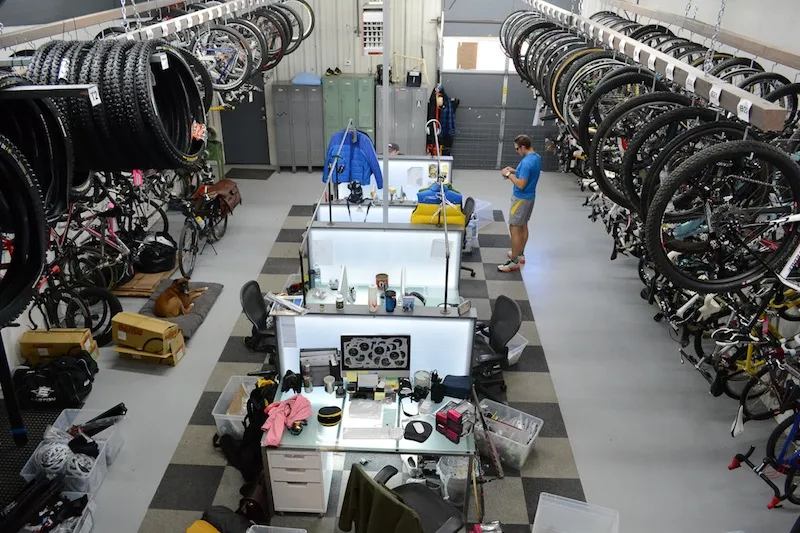
Online bike shops such as the Pro’s Closet based in the US sell 'certified pre-owned' bikes. The site’s vast selection includes cheap mountain bikes as well as higher-end bikes.
Pro’s Closet says it checks out all the bikes traded in and replaces any worn parts.
The prices may be higher than a private seller or online marketplace. But Pro’s Closet says you can return the bike and get your money back if you’re not happy within 30 days. It also guarantees to buy the bike back from you for 18 months after purchase.
In the UK, Cycle Exchange offers a similar service selling used versions of the best road bikes and gravel bikes. The brand says a qualified mechanic checks each bike before sale.
The Bike Project, a UK-based charity, is a better place to look for less premium models, such as cheap hybrid bikes, that a mechanic has still given a once over.
Forums
Some forums, including BikeRadar’s, have classified sections where people sell second-hand bikes.
The volume of bikes for sale is likely to be lower than on the aforementioned dedicated selling sites. They’re worth keeping an eye on though because sometimes the deals are exceptional.
Word of mouth
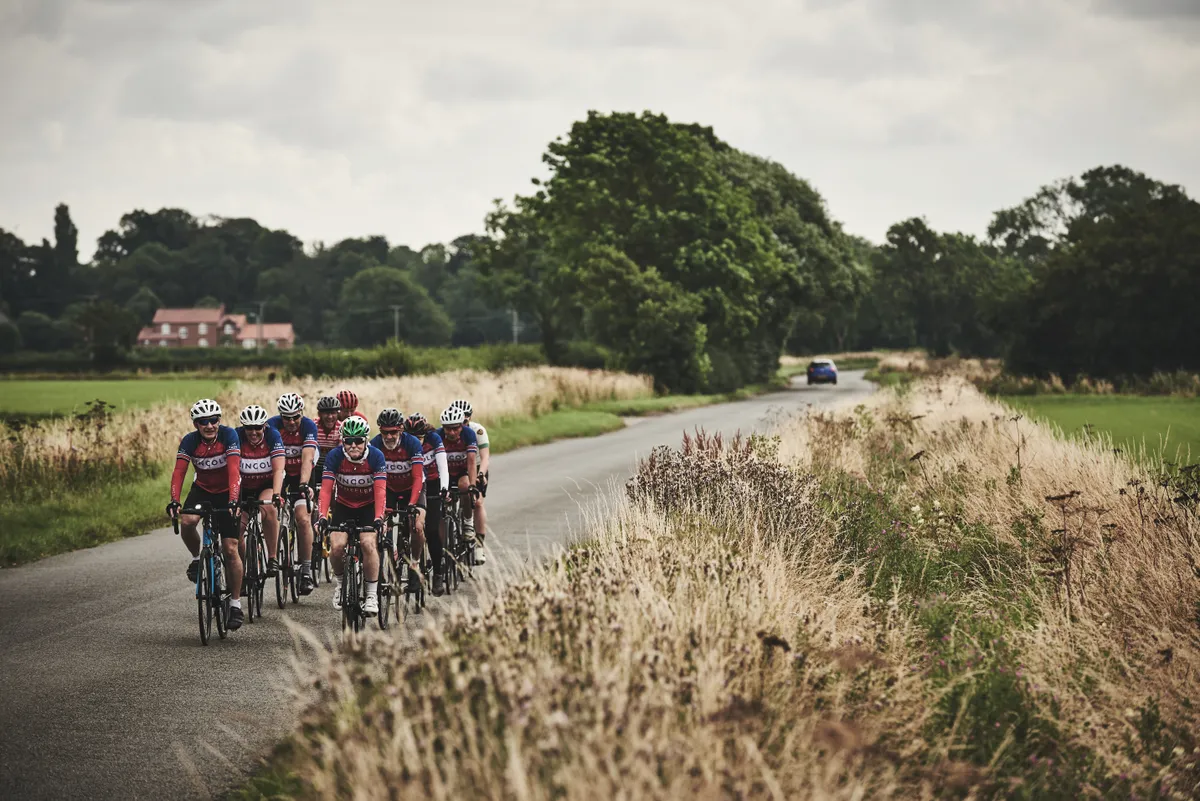
Buying from someone you know has many advantages.
If you ride with them, you’ll already have seen the bike up close. You’ll know what sort of riding they’ve done and how well they maintain it. Post-purchase, it’s easy to consult them if anything goes wrong with the bike.
If they’re a close friend or fellow cycling club member, they could offer a mate’s rate that’ll beat any deal you’d find online. Plus, you’ll save on travel and postage.
Listen out on club runs and social media groups in case someone wants to sell their steed.
What questions should I ask when buying a second-hand bike?
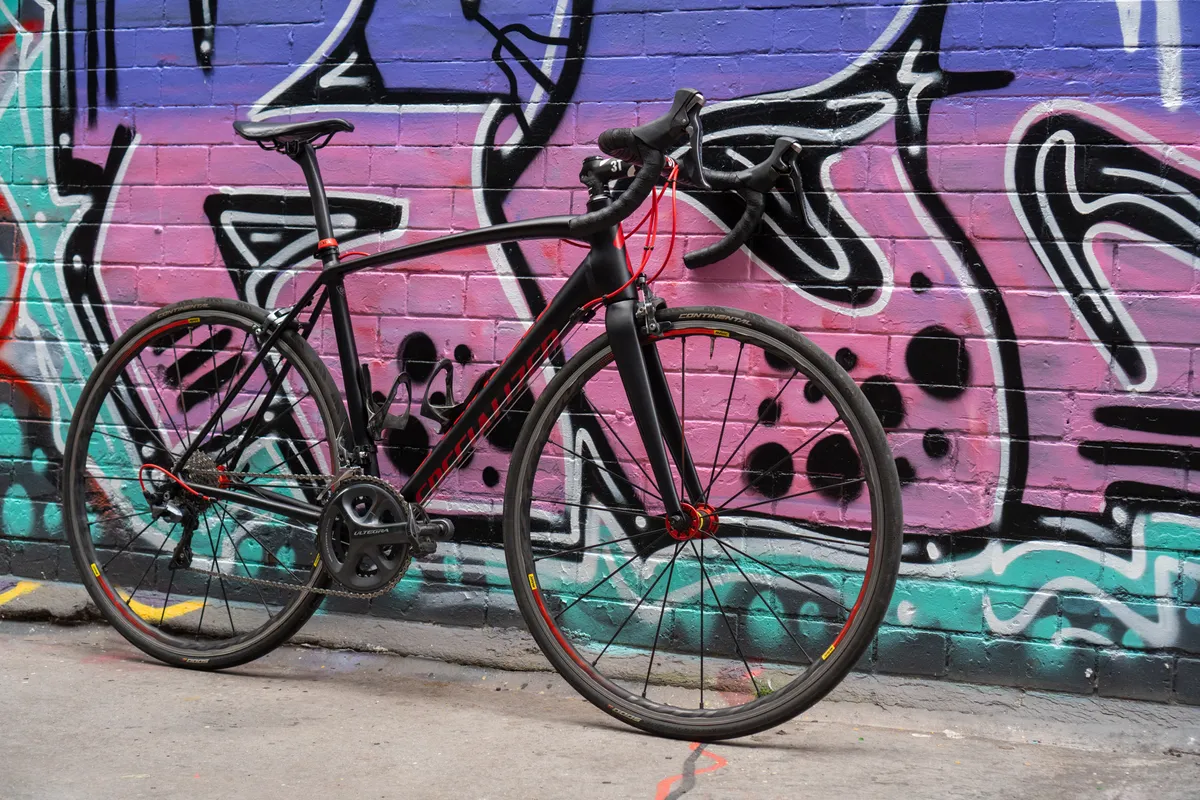
Bicycles can bring a lot of emotion out of people, and listings often contain people’s pride and joy, so it's common to see lengthy and detailed descriptions – these are good and should inform you well as a buyer.
However, if the seller’s description doesn’t give you all you need to know about the bike you intend to buy, be sure to ask any questions you want the answers to.
The more detail the better, and while a particularly sparse advert shouldn’t put you off, you will need to do the legwork to find out the information you need to know.
Before you commit to buying, be sure you find out the general condition of the bike, including any parts that are broken or may need work. Many owners keep receipts from maintenance work or parts, just as they would do with a car’s service history.
Questions you should consider asking when buying a second-hand bike
- How long have you owned the bike?
- Have you got the original purchase receipt?
- When was the last time the bike had a service, where was it serviced and what work was carried out?
- Has any component or the frame ever been replaced or repaired under the manufacturer's guarantee?
- Is anything currently not working as it should?
Good pictures make a big difference
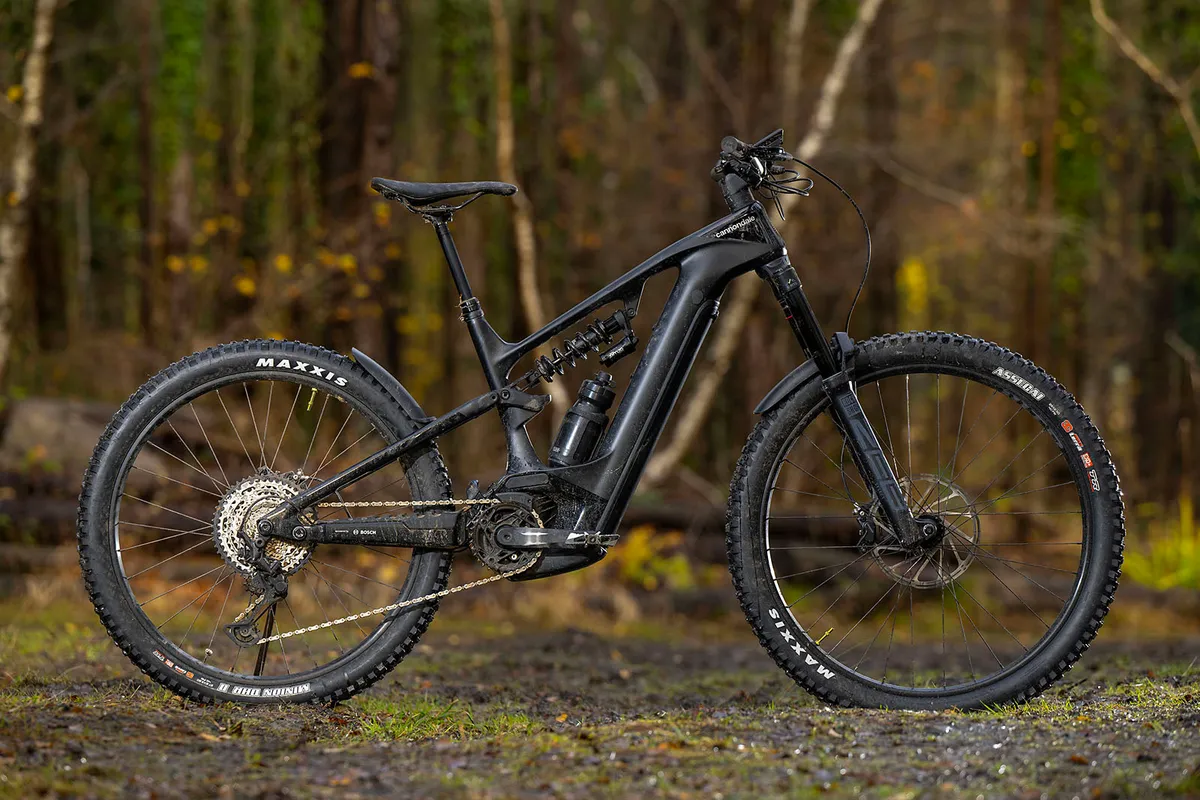
Decent-quality images are what you should be looking for – do not trust sellers who use stock photos. If you can’t see all that you need to in the supplied listing photographs then don’t be afraid to ask for more.
Photographs are also a good opportunity for you to get an idea of how the owner treats the bike. Plenty of owners will, for example, photograph a dirty bike. This lazy approach can often be a reflection of an owner’s maintenance schedule.
On the flipside, bikes that look immaculate in photos are usually the best cared for – but this isn’t always the case.
Save that search
Nobody has enough time to be constantly scanning the likes of eBay for bikes, no matter how hard we try.
Thankfully, eBay’s saved searches can do that for you. Simply set up a saved search (here’s how) and let the website alert you when new products you're interested in have been listed.
Keep some money aside
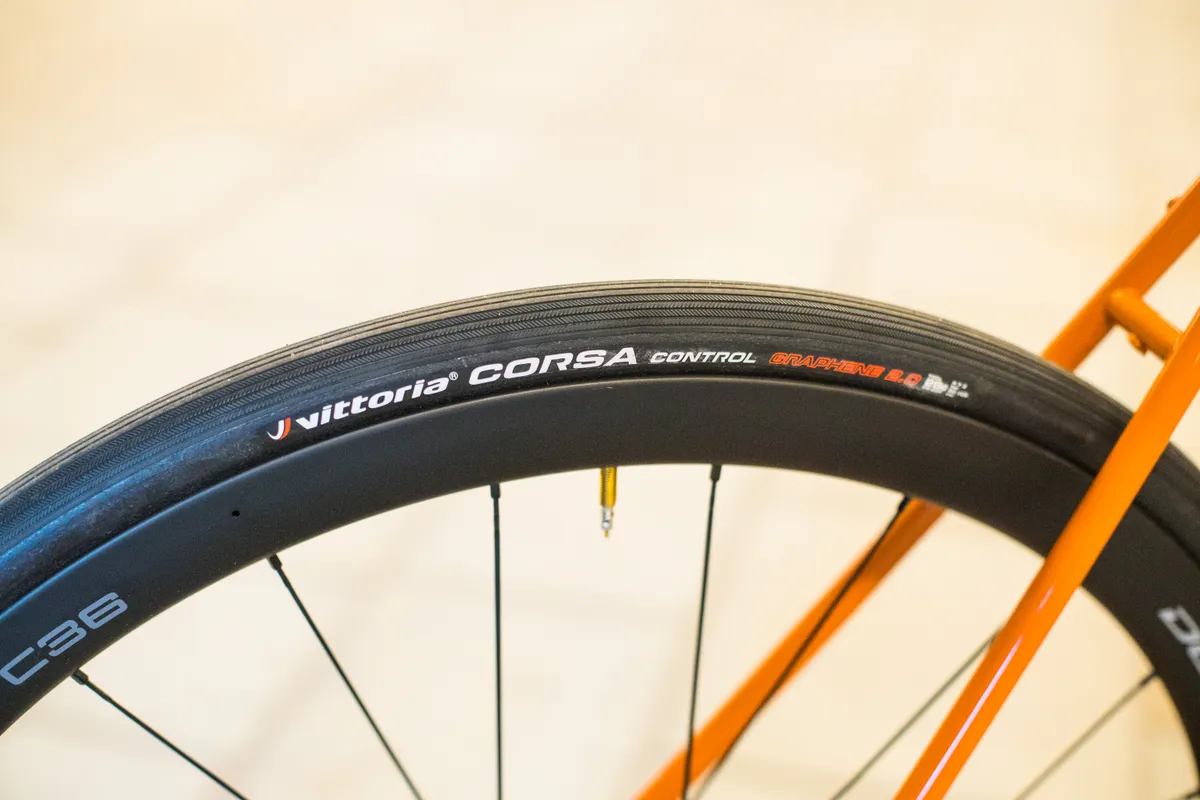
Try not to blow your entire budget on the bike itself. Think about setting aside around roughly 10 per cent of the bike’s value for potential maintenance costs.
A second-hand bike bought from a private seller won’t come with a warranty, so if it develops a fault you’ll need to cover the cost of repair.
What's more, it'll be easier to afford one of the best bike upgrades, such as a pair of the best road bike tyres that'll make you faster and more comfortable.
Look out for signs of neglect or damage
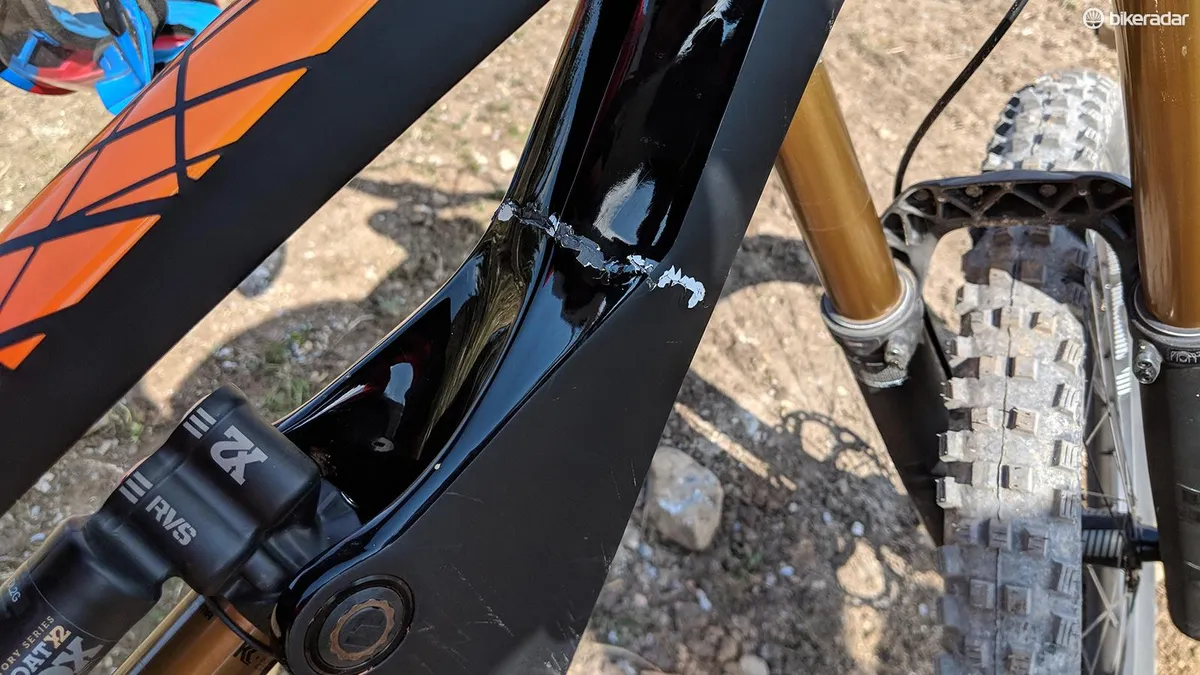
Make sure the bike hasn’t been subjected to neglect and check whether the frame has been damaged. These are two of the most important things a second-hand bike buyer can do. However, looking for these things can be tricky and daunting, especially if you’re new to buying used bikes or aren’t an expert.
It’s important to begin your checks with the most expensive components first, working your way over the bike to its cheaper parts.
Take the frame for example: are there any cracks or dents? If there are any visible defects, we recommend not buying that bike.
Look out for cosmetic damage when buying a used carbon bike – this could be hiding a more serious structural issue.
On metal bikes, check the welds for small hairline cracks that follow the shape of the weld. If there are cracks around the welds, we recommend you consider not buying that bike.
There’s no harm in asking how many miles the owner has clocked on the bike. Remember that no matter how well a bike is maintained, many items are consumables and will wear out.
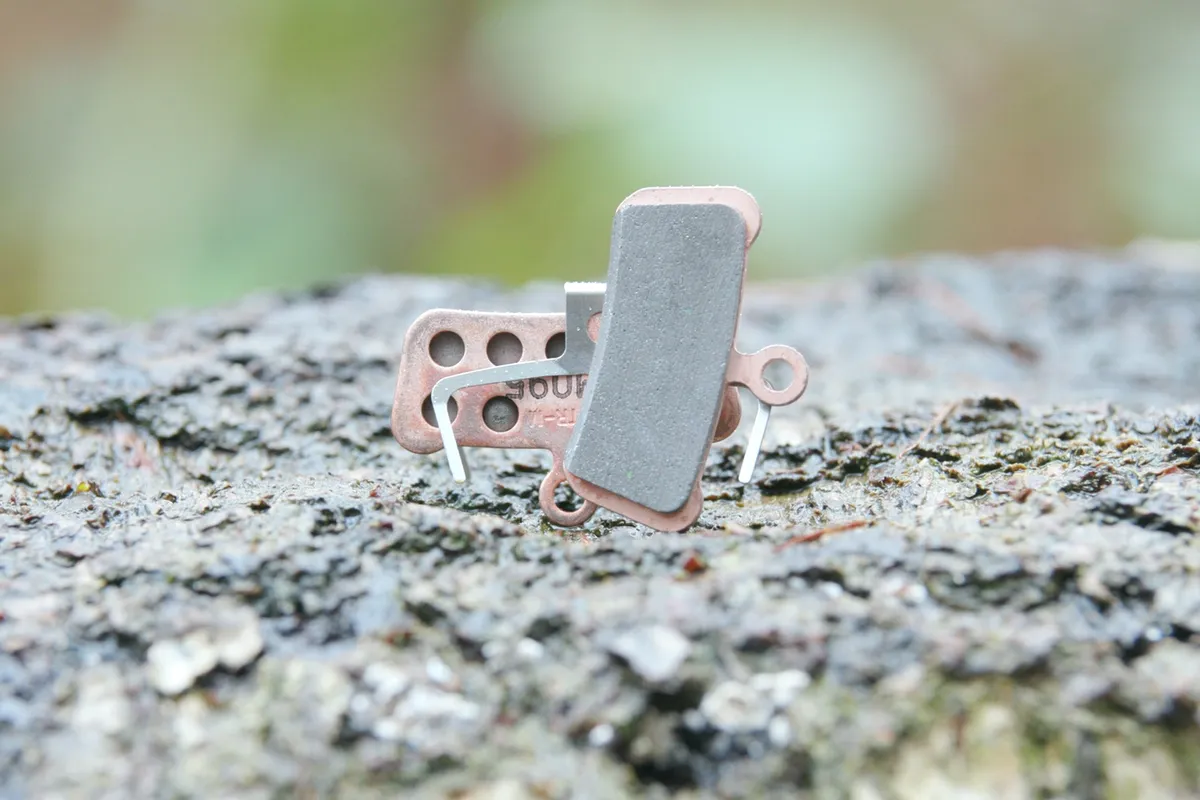
On the other hand, if a bike looks or is described to be in ‘as new condition’ then check its specification against how it was sold – it may even be wearing its original tyres and brakes and they could be due for replacement if they’re worn (especially disc brake pads).
Some bikes have obviously had a hard life. Signs of chain wear and bald tyres indicate neglect. These sort of second-hand bikes should be avoided unless their condition is reflected in the price and you’re confident about doing them up yourself.
Second-hand suspension – what to look for
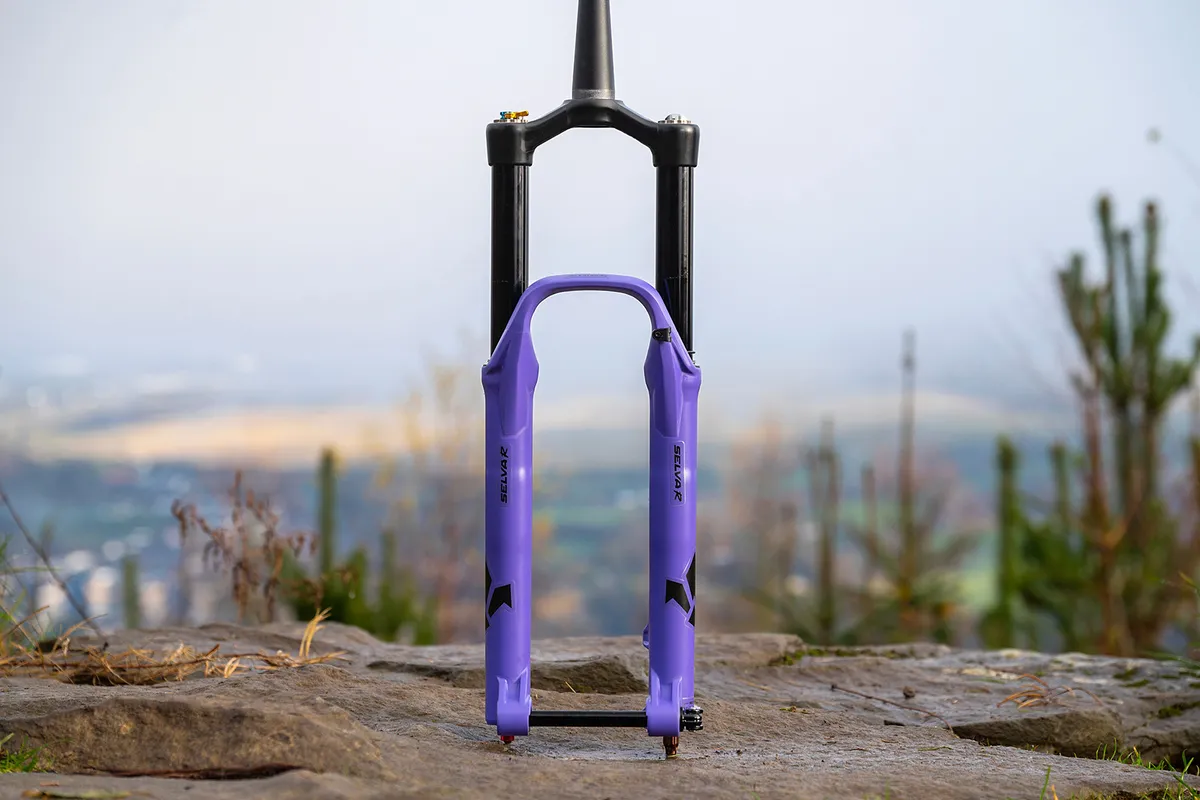
If a bike has suspension, find out when it was last serviced.
Suspension forks and shocks rely on lubrication oil (much like a vehicle’s engine) to prevent damage and reduce wear and tear. The condition of the oil also affects performance; as the oil degrades over time, performance is reduced.
Recommended suspension service intervals can be found on the respective shock or fork manufacturer’s website and, if followed, should extend the lifespan of a shock or fork.
Bikes with rear-suspension systems usually pivot on bearings (cartridge-style ball bearings with in-built seals) and the rear shock is frequently attached to the frame using bushings (small nylon- or Teflon-coated metal tubes) that stop play when they’re new.
Bearings and bushings are consumable items and if worn can be the cause of knocks and rattles, making the rear of the bike feel loose.
If the shock and pivot bolts are tight and the rear suspension is rattling or feels loose, the bearings or bushings are most likely worn and will require an overhaul.
Bushings are inexpensive to replace (around £20), but a full set of frame bearings can cost anything up to £100/$100 and beyond. Factor in a shop’s labour costs too when considering these repairs.
Make sure it's the right size
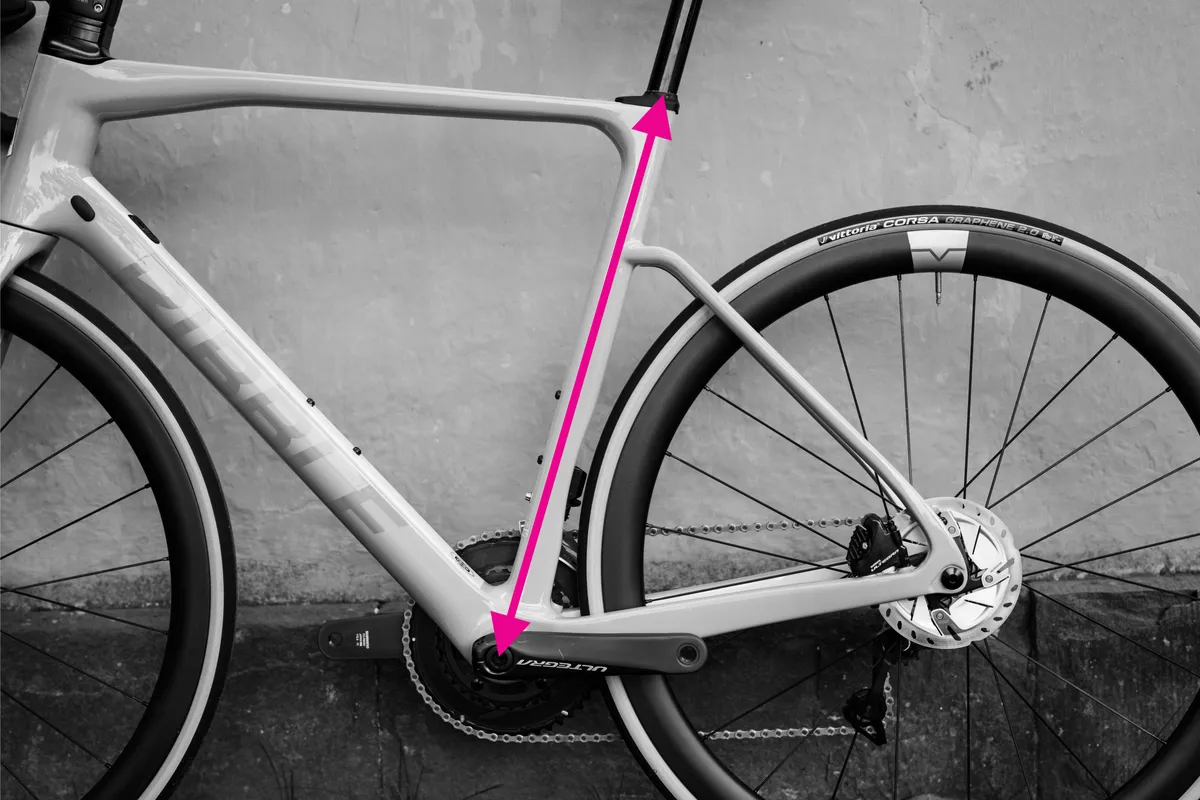
Make sure you’re buying a second-hand bike that fits you.
If possible, check out the size of the same (or a similar) model of bike before buying to make sure you’re choosing the correct frame size. Don’t be tempted to buy a bike that’s too big or too small just because it’s a good price.
It’s also worth asking sellers to clarify sizing if you’re not convinced the measurements match geometry charts available online – not everyone knows how to measure a bike frame.
If you can take it for a test ride, all the better, but expect to be asked to leave your phone, wallet or ID with the seller.
Could it be a stolen bike?
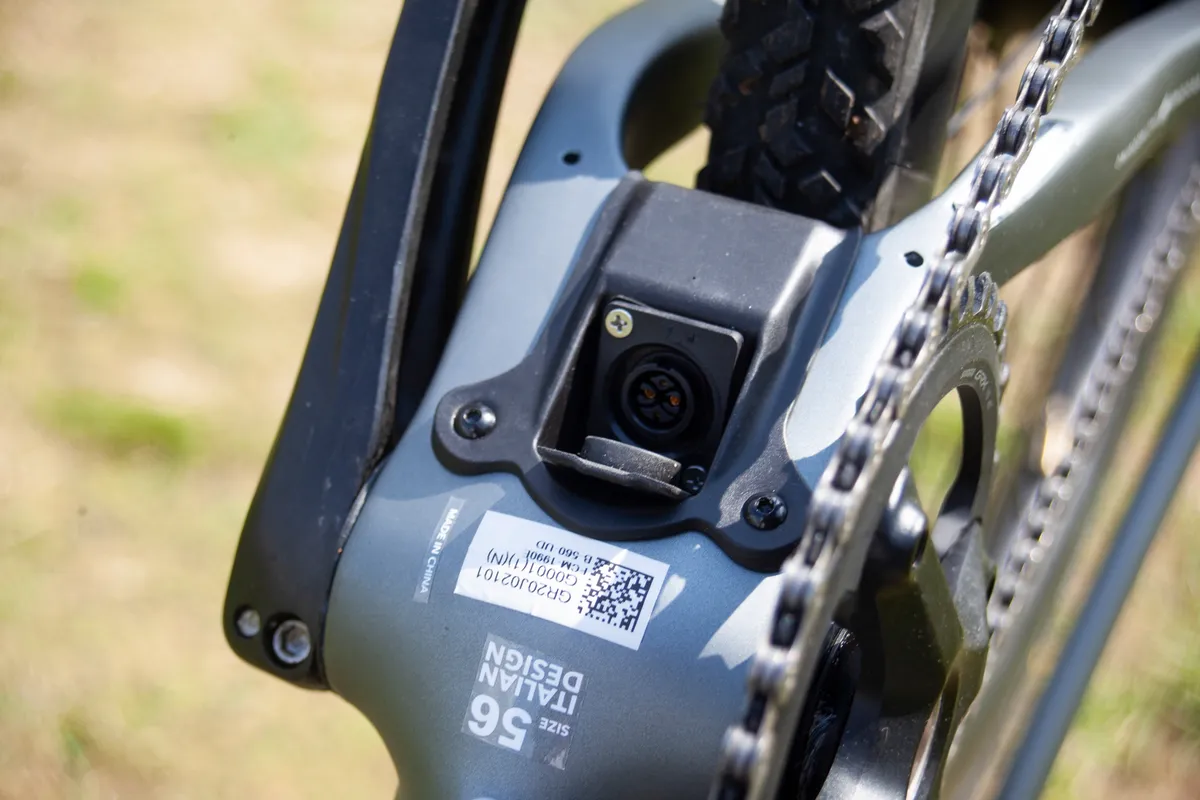
Frame identification numbers can often be found stamped into the bottom bracket area.
It is prudent to check a bike has not been stolen before buying it.
If a bike is being sold way below market value, ask yourself why. Does the owner not know the bike’s full history? Is the bike listed incorrectly? These are all warning signs.
An original purchase receipt is a great thing to ask for. Each frame holds a unique identification number: ask for a picture of it.
These can be checked against numbers on the national database to find out whether a bike is stolen. If you have doubts, don’t purchase.
Is the seller reliable?
On eBay, it’s relatively easy to view a seller’s feedback and their selling history. Lots of satisfied previous customers are ideal, and you can scrutinise any negative feedback before making your purchase decision.
On classified websites, you may not have this luxury, so take extra care.
Buying from a reputable bike shop reduces the risk of a dodgy seller, especially if you’ve already got a relationship with a shop and are on good terms.
Top tips for when you buy a second-hand bike
Selecting a bike and having an offer accepted is the first part of buying a second-hand bike. Now you need to think about delivery or collection and paying securely.
Check the postage
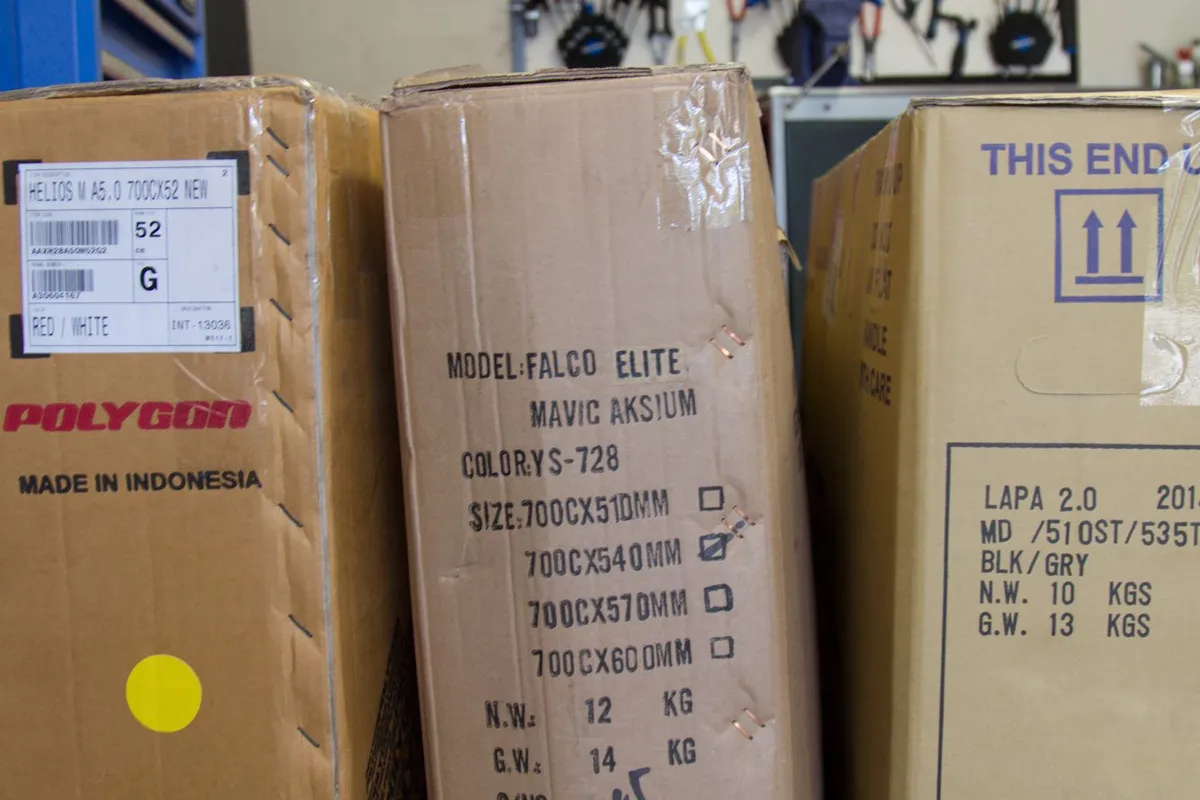
First of all, we’d recommend collecting the bike in person – it’s a more personal experience and if there are any big issues you can deal with them at the time.
Collection in person isn’t always possible and if you do choose the postage route, be careful. The bike needs to be well packed and travel with a reputable firm to prevent damage in transit.
We also recommend insuring the bike for its full value in case it gets damaged in transit or goes missing. This might cost a bit extra but is worth it.
Meeting a second-hand bike seller
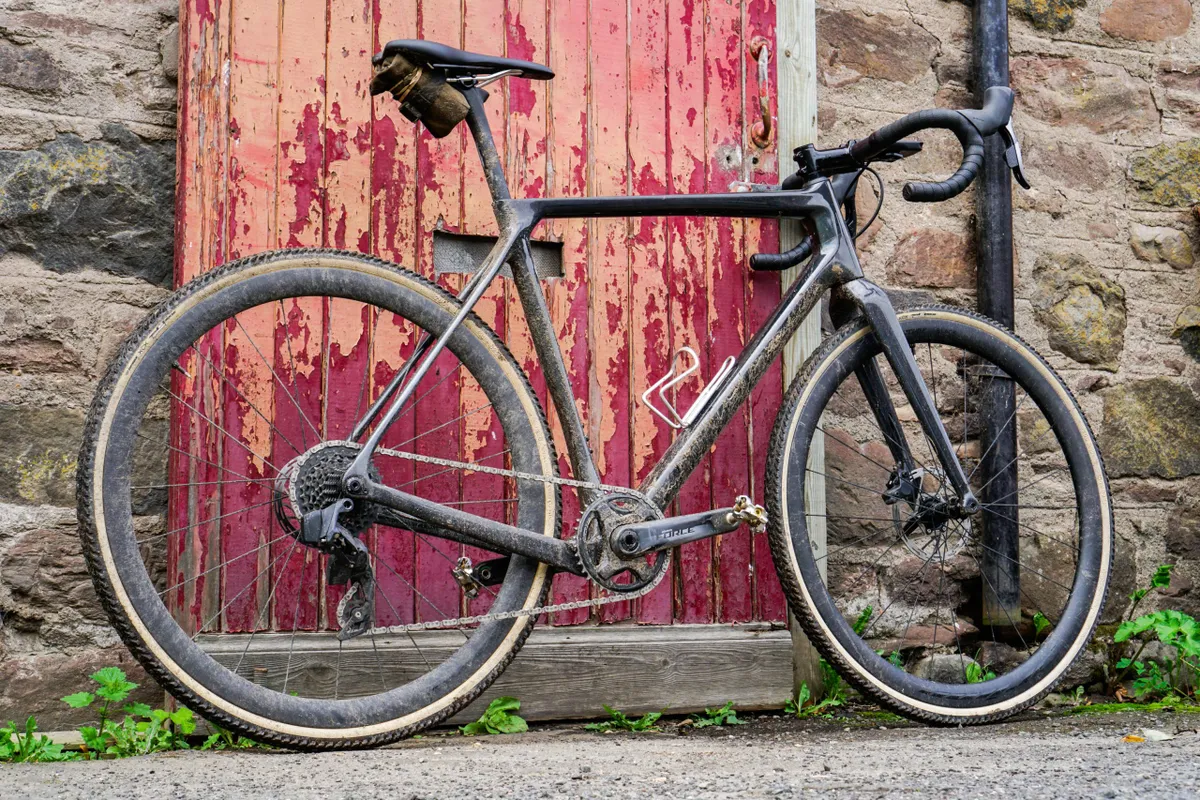
If you do decide to meet in person to do a deal, make sure you take reasonable precautions in order to stay safe.
While it might feel sensible meeting them at their house or having them come to yours, a public place – such as a supermarket or petrol station – is a better bet.
It’s more likely to have CCTV coverage and there’ll be plenty of strangers and witnesses around should something untoward happen.
It’s wise to take a friend with you, particularly one with better bike nous than you to check the second-hand bike’s condition.
If that’s not feasible, tell people where you’re going, who you’re meeting and what time they can expect you to check in to confirm everything is okay.
If you’re paying with cash, make sure you keep it in a safe and hidden place until you’re happy with the bike and want to buy it.
Trust your instincts
If something looks too good to be true then it probably is. Seriously – if a seller isn’t making the situation easy for you, or anything is even slightly suspect, turn away.
Chances are you’ll find a similar bike from a better seller at some point in the near future.
If this is the case, be patient and try to keep your cool. Making rash decisions based on desires to buy a bike from someone dodgy can spell disaster.
Beware of fakes and scams
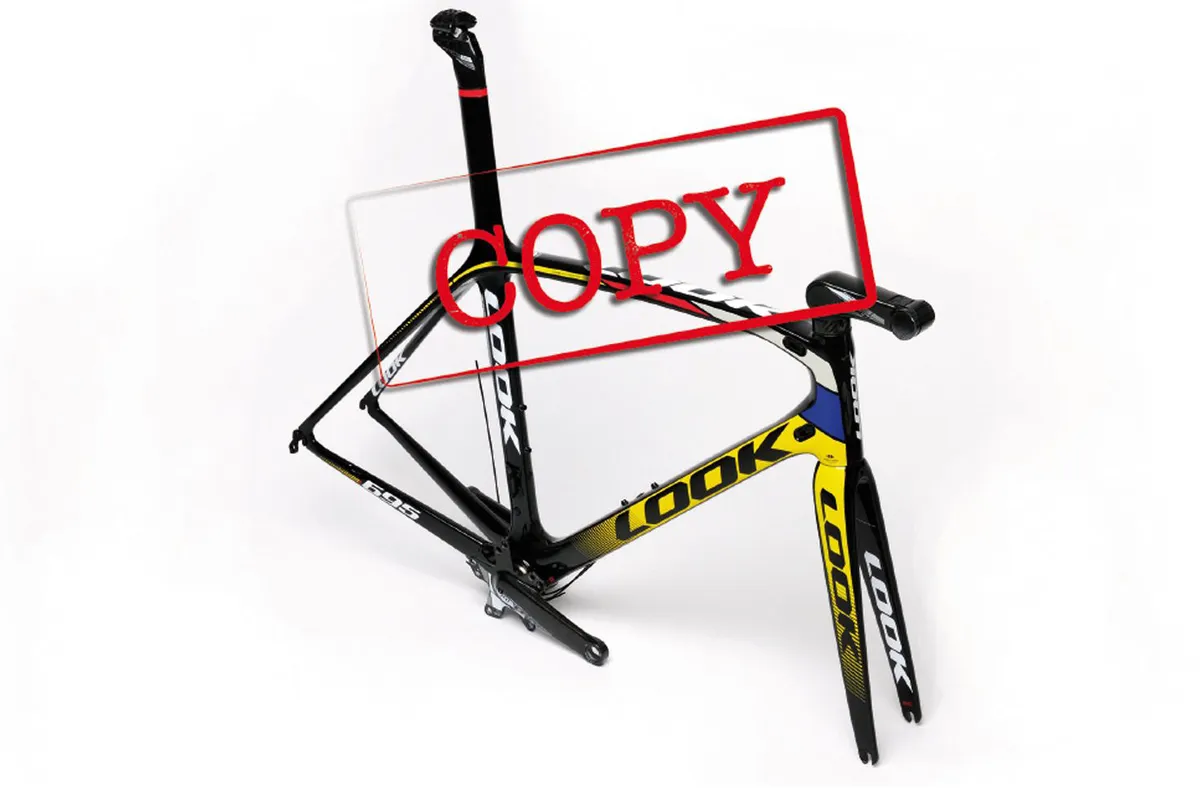
The sad truth is there are plenty of counterfeit products out there, and that includes bikes.
Classified sites are littered with fake frames from the likes of Look and Pinarello. Knock-off Specialized bikes are known to be in circulation too.
If you’re considering buying a product you know people have faked before, then get on BikeRadar’s forum, owners’ forums or manufacturers’ websites, which should hold the information you need to determine whether a bike is real or genuine.
Similarly, the web is full of scams, so try to ensure your payment methods are protected.
